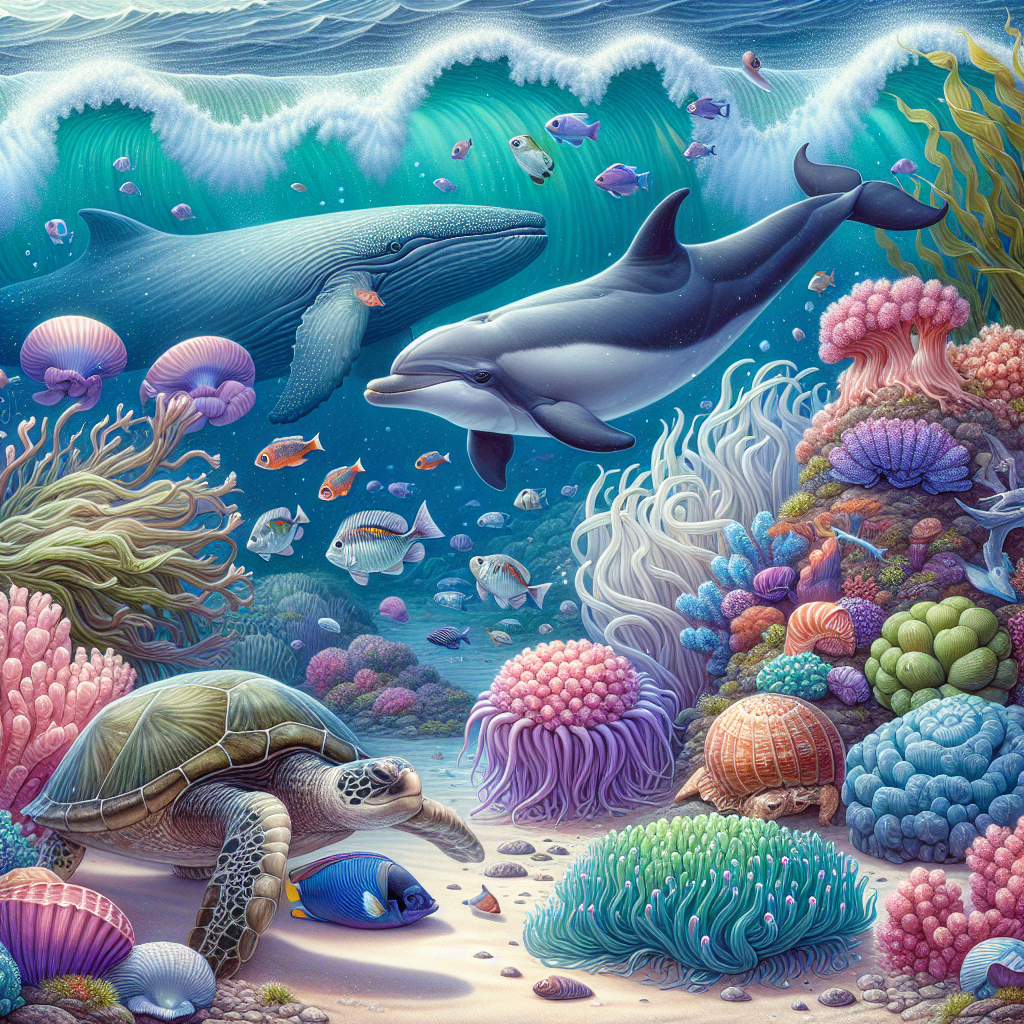Exploration at Ocean's Depths: A Vibrant Discovery
Scientists have unveiled thriving underwater communities in the Pacific Ocean, with creatures like tube worms and clams that convert chemicals into energy. This discovery, alongside NASA and Roscosmos' talks on lunar cooperation, a new giant stick insect in Australia, and Europe's scientific autonomy, highlights global scientific advancements.

Scientists diving into the depths of the northwest Pacific Ocean have uncovered vibrant communities of marine creatures that thrive by converting chemicals into energy, rather than consuming organic matter. These communities, dominated by tube worms and clams, live in dark, frigid conditions at the base of the Kuril-Kamchatka and Aleutian trenches, sustained by hydrogen sulfide and methane seeping from the ocean floor.
In another significant development, NASA's acting administrator held a rare meeting in Florida with the head of Russia's space agency, Roscosmos, to discuss continued cooperation on lunar missions and the International Space Station. This marked the first face-to-face discussion between the leaders of the two space agencies since 2018.
Moreover, in Australia, a new species of stick insect, believed to be the heaviest in the country, was discovered in a remote rainforest. Scientists report that this insect weighs 44 grams and is approximately 40 cm long, resembling the size of a golf ball. Meanwhile, European nations are striving for greater sovereignty in scientific data collection, moving away from reliance on the United States for crucial climate and weather data.
(With inputs from agencies.)










